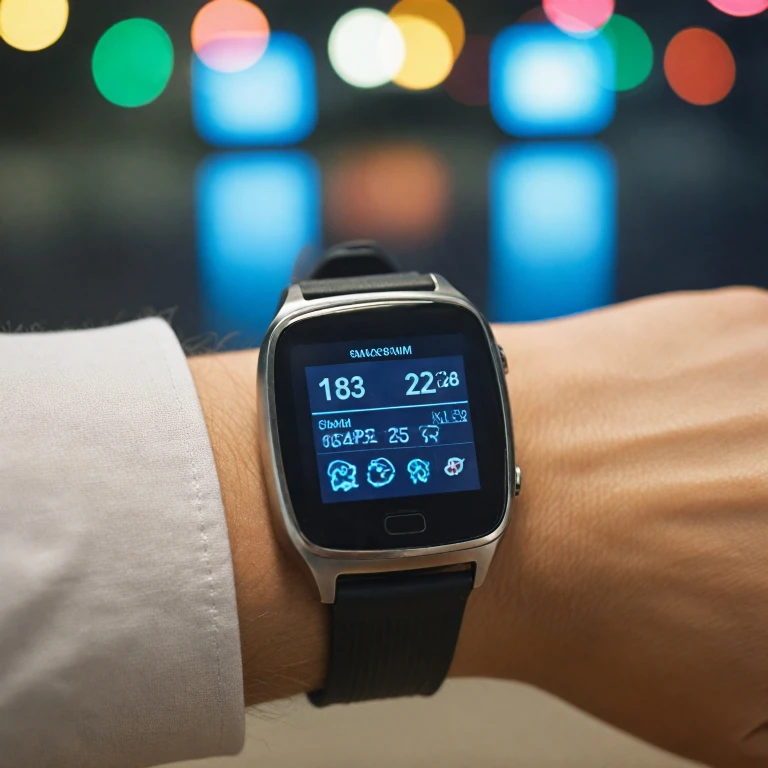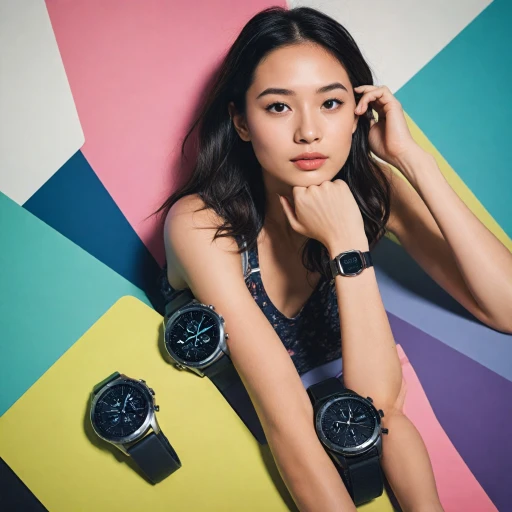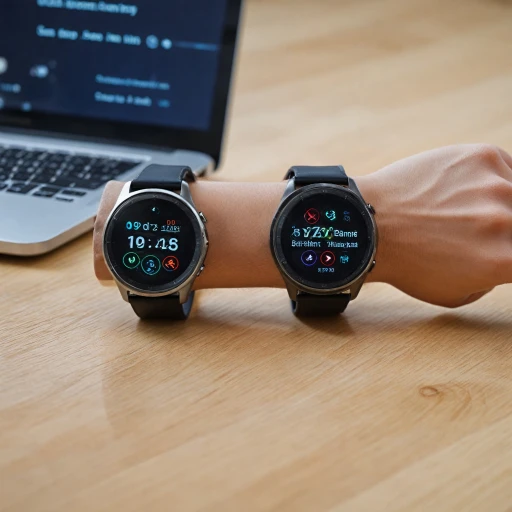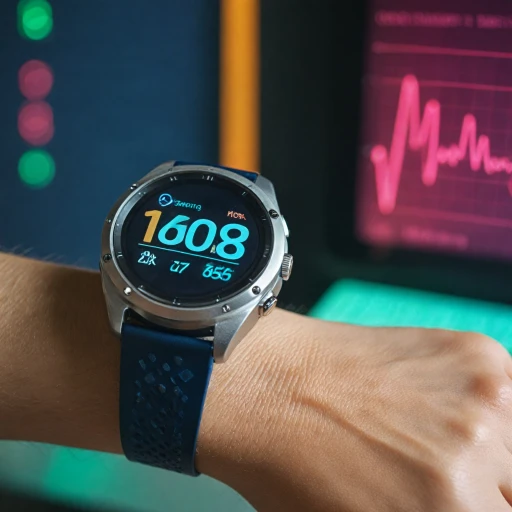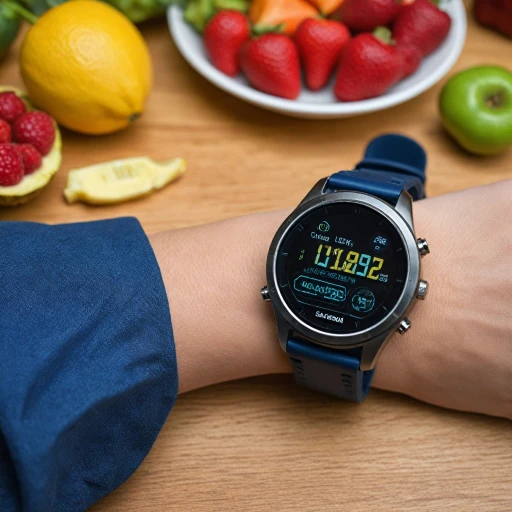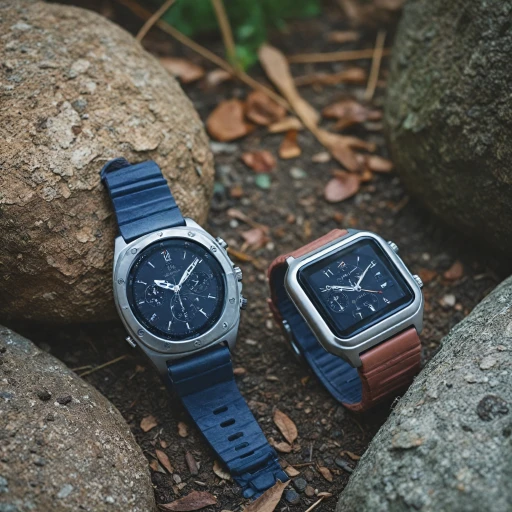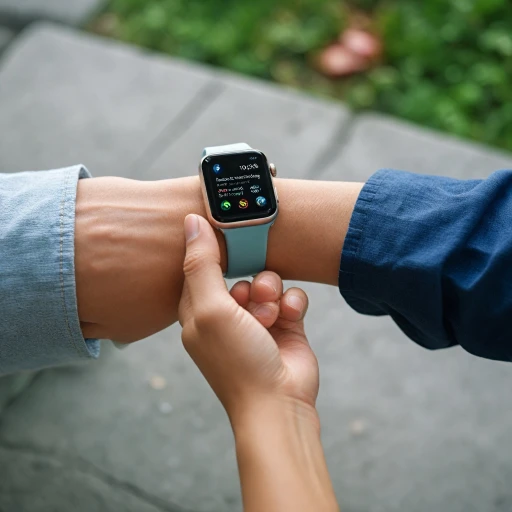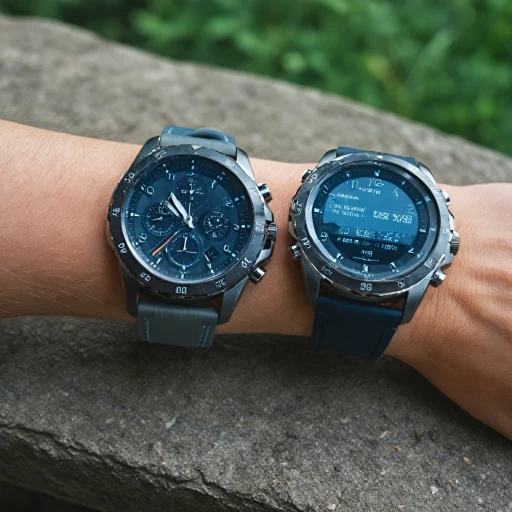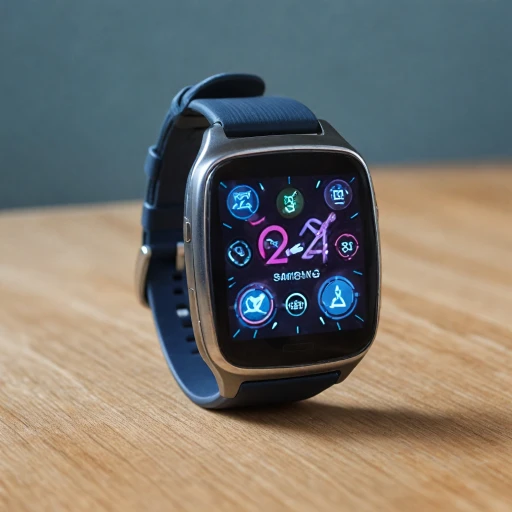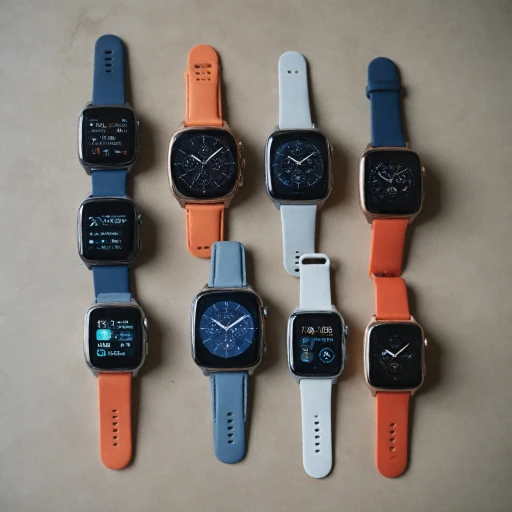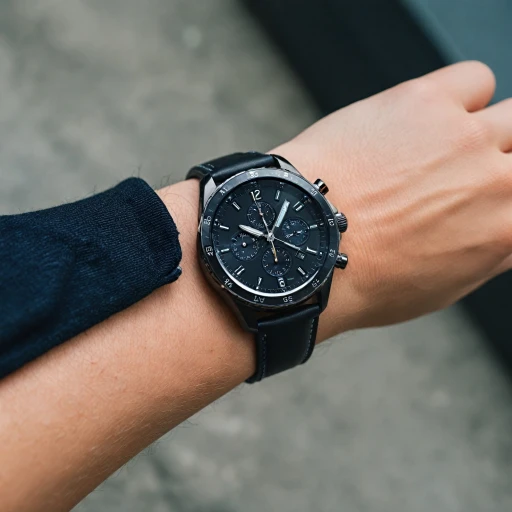
Understanding Glucose Sensing Technology
Decoding the Science Behind Glucose Sensing
Glucose sensing technology has evolved significantly over the years, paving the way for more innovative solutions in managing blood glucose levels, especially for those with diabetes. At the heart of this advancement is the continuous glucose monitor (CGM), a revolutionary type of device that offers real-time data on glucose levels. Unlike traditional methods that require finger pricking, CGMs provide a smarter and less intrusive approach.
These devices work by using a tiny sensor that resides just underneath the skin. This sensor continuously tracks the glucose concentration in the interstitial fluid, allowing the smartwatch to provide accurate blood glucose readings. With frequent data updates, users can see their glucose levels on the watch face, making it an invaluable tool for people diabetes and offering vital insights into their glucose trends over time.
Major players in the smartwatch market, such as Apple's Apple Watch and the Galaxy Watch, are looking to integrate advanced glucose monitoring capabilities. Current market offerings are increasingly focused on providing seamless and non-invasive diabetes care, aiming to make glucose monitoring as convenient and comfortable as possible.
The role of these smart technologies is not just limited to monitoring; they are instrumental in healthcare management too. By delivering continuous glucose data, these devices help users and their healthcare providers take informed decisions, leading to better diabetes management.
As technology continues to evolve, understanding the underpinnings of glucose sensing is crucial for those looking to leverage these cutting-edge devices in their daily lives. For in-depth insights on choosing a device tailored to monitor blood pressure as well as blood glucose levels, explore this guide on ideal smartwatches for blood pressure monitoring.
Benefits of Glucose Monitoring via Smartwatches
Advantages of Using Smartwatches for Glucose Monitoring
The integration of glucose monitoring into smartwatches presents numerous benefits, particularly for people living with diabetes. This method ushers in a new era of convenience and accessibility, allowing individuals to keep close tabs on their glucose levels seamlessly throughout the day. Various features contribute to the growing popularity and effectiveness of these devices.
- Continuous Monitoring: Unlike traditional blood glucose monitoring that requires finger pricks, smartwatches equipped with sensors provide accurate and non-invasive continuous glucose data. These devices can track glucose levels in real time, delivering an uninterrupted stream of valuable health information.
- User-Friendly Experience: With intuitive apps that work seamlessly on devices such as the Apple Watch and the Galaxy Watch, users find it easier to view their glucose readings directly from their wrist. The watch face provides immediate insights without needing to interrupt daily activities.
- Improved Diabetes Management: A smartwatch serving as a glucose monitor empowers users to spot trends and fluctuations in their blood sugar levels, making it easier to manage type 1 and type 2 diabetes. People with diabetes can also share their data effortlessly with healthcare providers, ensuring tailored diabetes care.
- Alerts and Notifications: Smartwatches can be set up to send alerts and notifications when glucose levels are outside the desired range, enabling timely interventions. This feature proves crucial in preventing potential health complications related to diabetes.
Smartwatches are certainly redefining the capabilities and convenience of glucose monitoring devices. As more advancements emerge, individuals will likely see even further improvements in the quality and usability of these smart health tools.
Challenges in Developing Glucose Sensing Watches
Overcoming Barriers in the Evolution of Glucose Monitoring Smartwatches
The push towards developing smartwatches that effectively monitor glucose levels faces numerous challenges, some of which include the technological, regulatory, and user acceptance hurdles.- Technological Hurdles: Crafting a reliable watch glucose monitor involves integrating advanced sensors into a relatively small device. Continuous glucose monitoring requires precise, real-time data collection, which is not only technically complex but also demands a sustainable power source. Current smart devices like the Apple Watch and Galaxy Watch have made strides, yet achieving consistent accuracy comparable to existing Dexcom CGM systems remains a challenge.
- Regulatory Roadblocks: The health sector is heavily regulated, and any device aiming to monitor glucose levels must obtain rigorous certifications before reaching the market. This extends both the time and resources required for developers to introduce novel glucose monitors.
- User Acceptance and Feedback: Introducing a new glucose monitoring watch requires ensuring that users with diabetes, accustomed to dedicated glucose sensors, can trust their data. User experience is vital to ensure blood glucose readings are not only accurate but also easily accessible and understandable through device interfaces and connected apps.
Current Market Offerings and Innovations
Market Landscape and Technological Advancements
The landscape of glucose monitoring through smartwatches is rapidly evolving. In recent years, there has been a significant push towards integrating glucose sensing technology within wearables, particularly with devices such as the Apple Watch and Galaxy Watch consistently pushing the envelope. These advancements are part of a broader effort to enhance diabetes care by allowing for real-time, continuous monitoring of blood glucose levels. Current offerings in the market are primarily driven by collaborations between tech companies and healthcare providers. For instance, Dexcom, a prominent player in the continuous glucose monitoring (CGM) space, has developed sensors that are compatible with the Apple Watch and other smart devices. This collaboration allows people with diabetes to receive continuous blood glucose data directly on their wrist, enhancing convenience and ensuring timely management. Moreover, the development of these CGM devices is not limited to high-profile tech companies. A range of smaller startups is also contributing to the innovation, working on sensors that can monitor glucose levels without the need for finger pricks. Although these innovations are still in various stages of development, they hold the promise of transforming our approaches to diabetes management. The convenience offered by glucose monitors integrated into smartwatches lies not only in the continuous tracking and data presentation but also in their ability to sync with smartphone apps. These apps allow users to track their glucose readings over time, offering insights into patterns and helping tailor their dietary or medication needs. Additionally, some devices offer customizable watch faces that prioritize glucose monitoring tools, making it seamless for users to get a quick check on their health metrics. As technology continues to advance, the future holds the promise of even more integrated and sophisticated devices that bridge the gap between healthcare needs and everyday smart technology use. For those eager to delve deeper into the strengths and developments of smartwatches in health monitoring, additional resources like finding the ideal smartwatch for blood pressure monitoring can be particularly enlightening, offering a broader view of how these devices shape modern healthcare solutions.User Experience and Feedback
Insights from Users on Integrating Glucose Monitoring with Smartwatches
As smartwatches with continuous glucose monitoring capabilities become more prevalent, users have shared their experiences with these devices. For many, the most significant advantage lies in the convenience of having glucose readings readily accessible on their wrist. This ease of access allows for better management of diabetes as users can receive real-time data on their blood glucose levels.
The integration of smart apps plays a crucial role in this user experience. Apps designed for glucose monitoring deliver timely notifications and alerts, allowing people to take immediate actions when their levels fluctuate. Additionally, users appreciate the feature of historical data tracking, which assists in recognizing patterns and making informed decisions about their health and lifestyle.
However, users have also reported certain challenges. The accuracy of the sensors is occasionally a point of concern, and some individuals express a desire for enhanced precision in readings. This issue of accuracy is also a focus for developers as they work on improving the technology. On a positive note, brands like Apple and Dexcom are continually seeking feedback to refine their products, ensuring that they meet the expectations of healthcare providers and end-users alike.
The adoption of glucose monitoring watches has driven a shift in how diabetes care is approached, with a greater emphasis on proactive management and prevention. Users have highlighted that smartwatches not only help them monitor their blood sugar levels but also foster a sense of independence and empowerment in managing their health. As these devices continue to evolve, users look forward to future innovations that might further improve their diabetes care experience.
